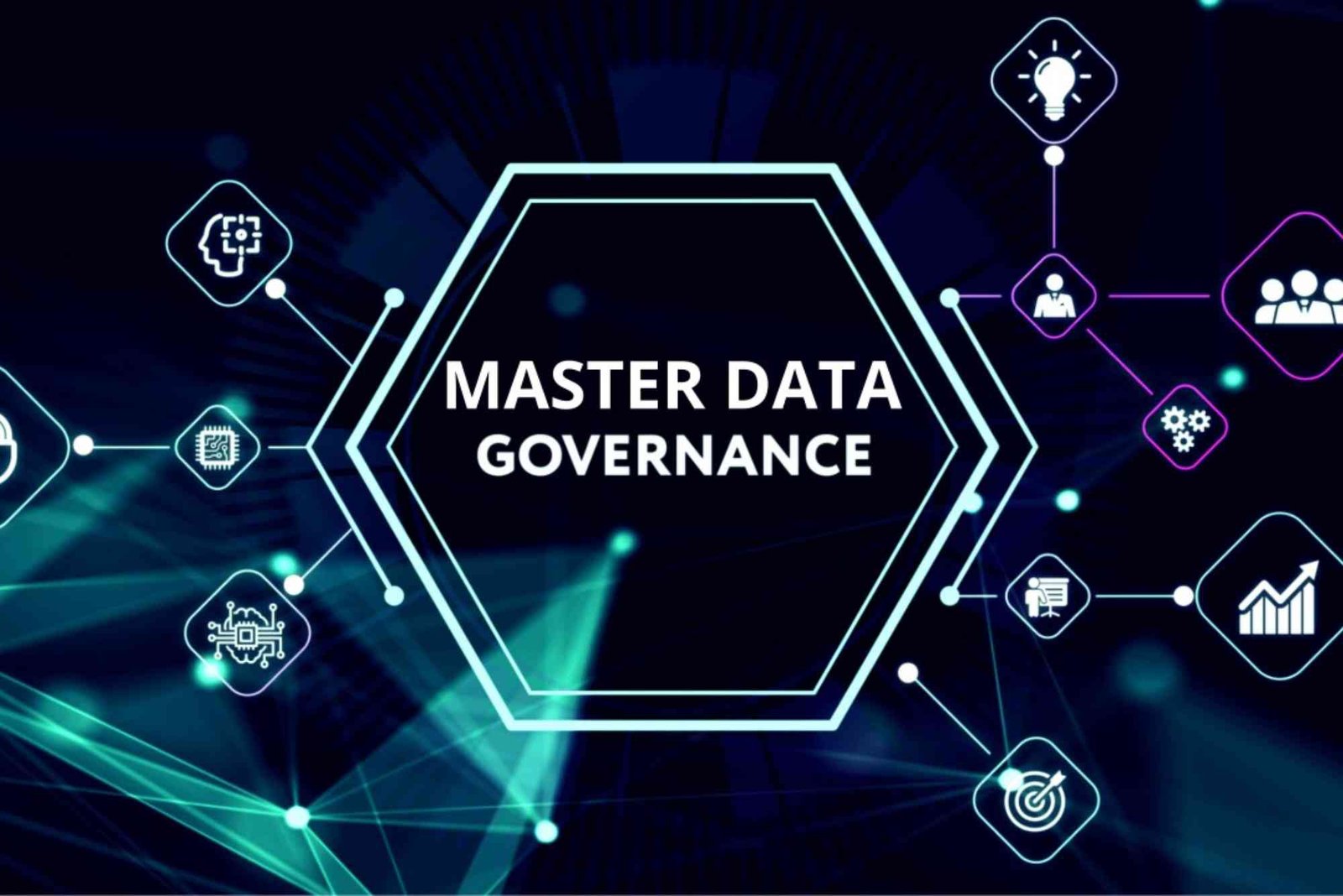Master Data Governance: Strategies for Effective Management
Master Data Governance (MDG) is a critical component of any successful data management strategy. In today’s data-driven world, organizations must ensure that their data is accurate, consistent, and secure. This article delves into the significance of master data governance and offers strategies for effective implementation.
Understanding Master Data Governance
What is Master Data Governance?
Master Data Governance refers to the processes, policies, and standards that organizations put in place to manage their critical data assets. These data assets typically include information about customers, products, suppliers, and employees. The goal of MDG is to create a single, trusted source of data that can be used across the organization.
Importance of Master Data Governance
Master Data Governance is vital for several reasons:
- Data Quality: Ensures that data is accurate, complete, and up-to-date.
- Regulatory Compliance: Helps organizations comply with various regulations regarding data management and privacy.
- Enhanced Decision-Making: Provides reliable data that supports informed decision-making processes.
- Operational Efficiency: Reduces data duplication and inconsistency, leading to smoother operations.
Key Components of Master Data Governance
Data Ownership and Stewardship
Establishing clear data ownership is essential for effective governance. Assign data stewards who are responsible for the accuracy and quality of specific data domains. These individuals should have the authority to enforce data governance policies and resolve data-related issues.
Data Quality Management
Implement processes to monitor and improve data quality continuously. This includes:
- Data Profiling: Assessing the current state of data to identify inaccuracies and inconsistencies.
- Data Cleansing: Correcting or removing inaccurate, incomplete, or irrelevant data.
- Data Validation: Ensuring that data meets predefined quality standards before it is used.
Data Policies and Standards
Create comprehensive data policies and standards that outline how data should be managed within the organization. This includes data classification, data access controls, and data retention policies. These guidelines help ensure that everyone in the organization follows the same practices when handling data.
Data Integration
To achieve a unified view of master data, organizations must integrate data from various sources. This involves:
- Data Consolidation: Merging data from multiple systems into a single repository.
- Data Synchronization: Ensuring that changes made in one system are reflected in all other relevant systems.
Technology and Tools
Invest in technology solutions that support master data governance efforts. These tools can include:
- MDG Software: Solutions specifically designed for managing master data.
- Data Quality Tools: Software that helps monitor and improve data quality.
- Data Integration Platforms: Tools that facilitate the integration of data from various sources.
Strategies for Effective Master Data Governance
Establish a Governance Framework
Creating a structured governance framework is essential for successful MDG. This framework should define roles and responsibilities, processes, and standards for data management. It should also include a clear communication plan to keep all stakeholders informed.
Engage Stakeholders
Involve key stakeholders from various departments in the governance process. This collaborative approach ensures that different perspectives are considered and helps build a culture of data stewardship throughout the organization.
Regularly Review and Update Policies
Data governance policies should not be static. Regularly review and update these policies to adapt to changing business needs and regulatory requirements. This proactive approach helps maintain the relevance and effectiveness of your governance efforts.
Provide Training and Support
Offer training sessions and resources to educate employees about the importance of master data governance and how to comply with established policies. This investment in training can significantly improve data management practices across the organization.
Monitor and Measure Success
Establish metrics to assess the effectiveness of your master data governance initiatives. Monitor key performance indicators (KPIs) such as data quality scores, compliance rates, and user satisfaction. Use these insights to identify areas for improvement and adjust your strategies accordingly.
Master Data Governance is essential for organizations looking to harness the power of their data effectively. By implementing robust governance practices, organizations can improve data quality, ensure compliance, and enhance decision-making processes. The strategies outlined in this article provide a solid foundation for establishing effective master data governance. Embrace the importance of MDG, and take the necessary steps to make it a cornerstone of your data management strategy.
FAQs on Master Data Governance
Q1: What is Master Data Governance?
A1: Master Data Governance (MDG) is the process of managing, maintaining, and ensuring the accuracy, consistency, and security of critical business data.
Q2: Why is Master Data Governance important?
A2: It helps organizations maintain data integrity, reduce errors, enhance decision-making, and comply with regulatory standards.
Q3: What are the key components of Master Data Governance?
A3: Key components include data policies, data stewardship, data quality management, workflow automation, and compliance monitoring.
Q4: How does Master Data Governance improve business performance?
A4: It ensures reliable data, leading to better analytics, efficient operations, improved customer experiences, and reduced risks.
Q5: What industries benefit from Master Data Governance?
A5: Industries like healthcare, finance, retail, manufacturing, and telecom benefit by maintaining accurate and compliant data.




